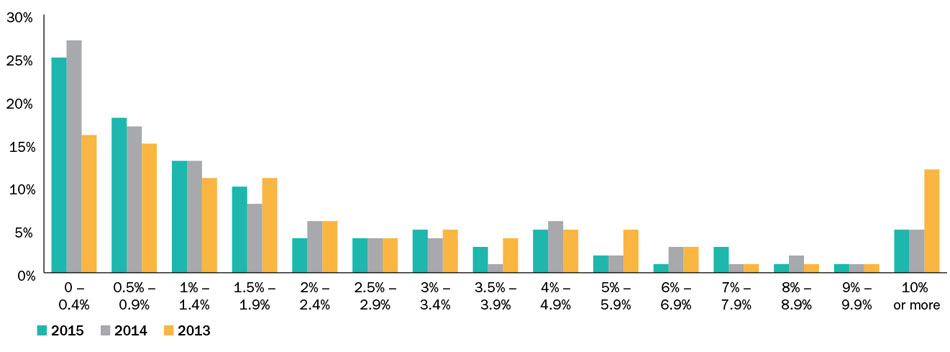Small cap stocks could be a “bountiful location” for alpha, but will remain the reserve of highly skillful active managers, according to Research Affiliates.
Due to strong price volatility and expensive trading costs, small-cap stocks could offer higher risk premia and more sources of mispricing than larger stocks—but they are “not a dependable source of standalone premium.”
“The equity investor will haul in a larger alpha catch by emulating the skilled fisherman… dangling the lure of skilled active management to tease out the smallest trading costs possible.”Small caps are “not the source of alpha, but rather where alpha can be found,” said Research Affiliates’ Vitali Kalesnik, head of equity research, and Noah Beck, senior researcher.
To “reel in” alpha from small-cap stocks by exploiting the higher risk and greater mispricing, investors should implement value, momentum, or quality strategies, the authors claimed.
Value strategies—which typically select securities that trade for less than their inherent value—and their alpha-generating ability could be amplified in “the more opaque” small caps sector, the report said.
According to Research Affiliates’ data, value strategies in small caps returned 16.3% in an average US portfolio from 1967 to 2014. This was higher than the 13.1% gain in large caps and a 10.6% return in growth strategies in small caps for the same time period.
Momentum strategies in small caps also outperformed those in large caps from 1967 to 2014—16.2%, compared to 11.9%. Quality strategies in small caps returned 13.9% in the same period, 2.2 percentage points higher than quality in large caps.
However, Kalesnik and Beck warned managers’ skill matters “a lot” in implementing these strategies.
“Active managers can hide their trades, position themselves to narrow the bid-ask spread, and minimize turnover,” they said. “The equity investor will haul in a larger alpha catch by emulating the skilled fisherman… dangling the lure of skilled active management to tease out the smallest trading costs possible.”
Related: The Five Dimensions of Quality & Why Only Active Managers Can Ride the ‘Momentum Can’

 Distribution of PRI scores among Fortune 1000 DB plan sponsors. Source:
Distribution of PRI scores among Fortune 1000 DB plan sponsors. Source: